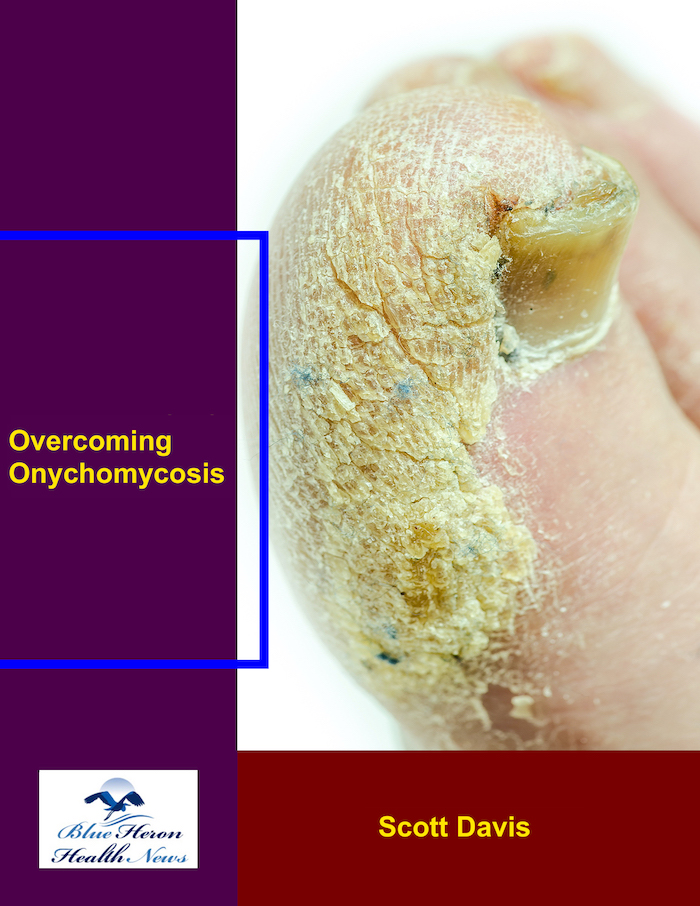
Overcoming Onychomycosis™ By Scott Davis It is a simple, natural, and all-in-one solution for onychomycosis. The program can help you to treat your nail fungus naturally. Once you follow this program, you do not need to spend on expensive treatments to prevent a recurrence. In brief, you can have a proven solution for your chronic nail fungus. Besides, the program is easy to follow, and most users find it effective against onychomycosis.
What is the role of H2 blockers in treating acid reflux?
H2 blockers (also known as H2 receptor antagonists) play an important role in treating acid reflux by reducing the production of stomach acid. They are commonly used for managing conditions like gastroesophageal reflux disease (GERD), peptic ulcers, and heartburn. Unlike antacids, which neutralize existing acid in the stomach, H2 blockers decrease the amount of acid produced, providing longer-lasting relief. Here’s a detailed explanation of how H2 blockers work and their role in treating acid reflux:
1. How H2 Blockers Work
- Histamine-2 Receptors: H2 blockers target histamine-2 receptors in the stomach lining. Histamine is a chemical that stimulates stomach cells to produce acid, which aids in the digestion of food.
- Blocking Acid Production: By blocking the action of histamine at the H2 receptors, these drugs reduce the secretion of hydrochloric acid into the stomach. This results in less acid available to flow back into the esophagus, which helps prevent or relieve symptoms of acid reflux.
- Effectiveness: H2 blockers are more effective than antacids for providing longer-lasting relief, as they act by preventing acid from being produced in the first place rather than just neutralizing existing acid.
2. Duration of Action
- Longer Relief: H2 blockers provide relief that can last for several hours, typically 6 to 12 hours, making them more suitable for individuals who experience moderate or frequent acid reflux. They work more slowly than antacids (which provide quick relief) but offer longer-lasting symptom control.
- Slower Onset: It may take 30 minutes to an hour for H2 blockers to start working, so they are not as fast-acting as antacids for immediate relief of symptoms.
3. Common H2 Blockers
There are several H2 blockers available, both over-the-counter and by prescription:
- Ranitidine (Zantac): Previously one of the most commonly used H2 blockers, but was removed from many markets, including the U.S., due to concerns over impurities.
- Famotidine (Pepcid): Currently a widely available and commonly used H2 blocker for treating acid reflux.
- Cimetidine (Tagamet): Another H2 blocker, though it is less commonly used due to potential interactions with other medications.
- Nizatidine (Axid): Similar to famotidine and cimetidine, but less frequently prescribed.
4. Role of H2 Blockers in Treating Acid Reflux
- Reducing Acid Production: By lowering the amount of acid the stomach produces, H2 blockers help reduce the likelihood of acid reflux (where stomach acid flows back into the esophagus), preventing heartburn, irritation, and damage to the esophagus.
- Healing Esophageal Damage: For people with GERD, chronic exposure to stomach acid can damage the esophagus, leading to inflammation or even ulcers. H2 blockers can help heal the esophagus by reducing acid exposure, giving the tissue time to recover.
- Nighttime Symptom Relief: H2 blockers are particularly useful for people who experience nighttime acid reflux. Taking an H2 blocker before bed can reduce the risk of waking up with heartburn or discomfort due to acid reflux while lying down.
5. Conditions Treated with H2 Blockers
H2 blockers are commonly used for treating:
- Gastroesophageal Reflux Disease (GERD): A chronic condition where acid frequently backs up into the esophagus, causing heartburn, regurgitation, and sometimes damage to the esophagus.
- Heartburn: Occasional heartburn or indigestion can be effectively managed with over-the-counter H2 blockers.
- Peptic Ulcers: H2 blockers reduce stomach acid, allowing ulcers in the stomach or duodenum to heal more quickly.
- Zollinger-Ellison Syndrome: A rare condition where the stomach produces excessive acid, often requiring treatment with medications like H2 blockers.
6. Combination with Other Medications
- Antacids: H2 blockers can be used alongside antacids. Since antacids work quickly to neutralize acid, they can provide immediate relief, while H2 blockers provide longer-lasting acid reduction.
- Proton Pump Inhibitors (PPIs): For more severe cases of GERD or chronic acid reflux, H2 blockers may be combined with PPIs, which are even more potent at reducing stomach acid. However, PPIs are often preferred for long-term treatment, while H2 blockers are used for mild-to-moderate symptoms or short-term use.
7. Side Effects and Considerations
H2 blockers are generally well-tolerated, but like all medications, they can have side effects. Some potential side effects include:
- Headache
- Dizziness
- Diarrhea or constipation
- Fatigue
Drug Interactions: Some H2 blockers, especially cimetidine, can interact with other medications by affecting liver enzymes that metabolize drugs. This can interfere with the effectiveness or safety of other medications.
Tolerance: Over time, the body may develop a tolerance to H2 blockers, meaning that they may become less effective if used for prolonged periods. For chronic acid reflux, healthcare providers might recommend switching to PPIs or adjusting the treatment plan.
8. Differences from Proton Pump Inhibitors (PPIs)
H2 blockers are sometimes confused with proton pump inhibitors (PPIs), but there are key differences:
- H2 Blockers: Reduce stomach acid production by blocking histamine receptors on acid-producing cells. They provide medium-duration relief (6-12 hours).
- PPIs: Inhibit the proton pumps in the stomach lining, which are responsible for secreting stomach acid. PPIs provide longer-lasting relief (24 hours or more) and are more effective for severe GERD and esophageal healing.
Conclusion:
H2 blockers play an essential role in treating acid reflux by reducing the amount of stomach acid produced, thereby preventing acid reflux and heartburn. They provide longer-lasting relief compared to antacids and are effective for managing mild-to-moderate GERD, peptic ulcers, and occasional heartburn. While generally safe and well-tolerated, they are often used in combination with other medications, like antacids or proton pump inhibitors, for comprehensive management of acid-related conditions.
Overcoming Onychomycosis™ By Scott Davis It is a simple, natural, and all-in-one solution for onychomycosis. The program can help you to treat your nail fungus naturally. Once you follow this program, you do not need to spend on expensive treatments to prevent a recurrence. In brief, you can have a proven solution for your chronic nail fungus. Besides, the program is easy to follow, and most users find it effective against onychomycosis.
